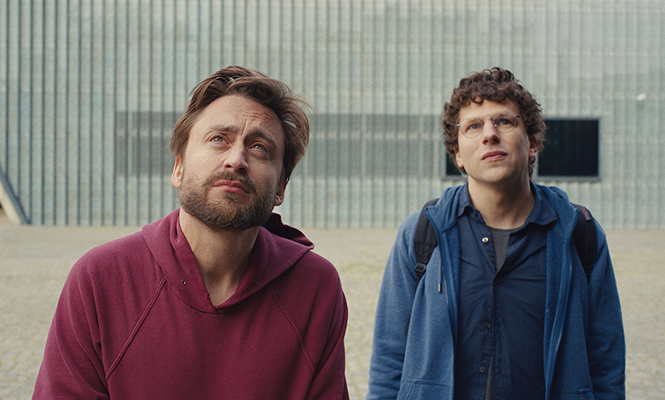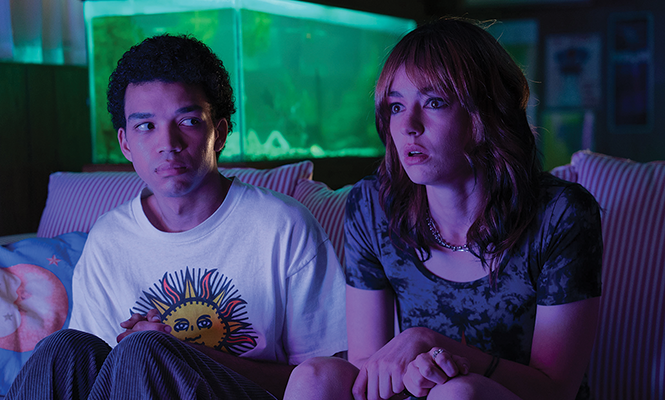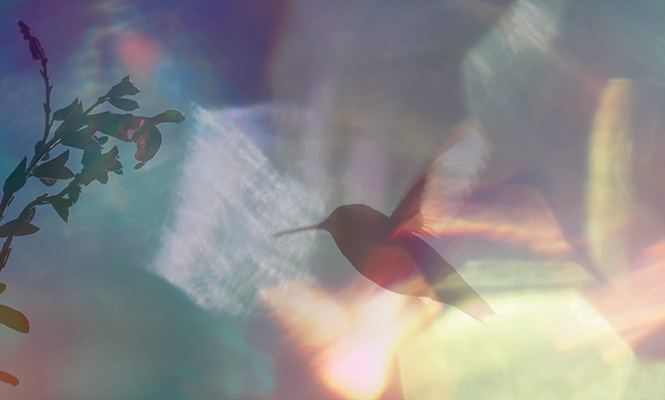2024 Sundance Film Festival first weekend highlights
Three top contenders for the best of the fest
By Scott Renshaw @scottrenshawA Real Pain
While it's far from the most interesting thing about the movie, the double-entendre in the title of writer/director Jesse Eisenberg's second feature captures both the essence of a love-to-hate-him central character, and the story's understanding that genuine hurt—whether your own, or someone else's—can be hard to process. Eisenberg and Kieran Culkin play David and Benji Kaplan, cousins who decide to take a guided Jewish history tour of Poland, the native country of their recently-deceased, Holocaust-survivor grandmother. It's also a coming-back-together of sorts for the once-close cousins, and a lot of the wonderful comedy in Eisenberg's script comes from recognizing the differences in their respective personalities—David introverted and obsessive, Benji spontaneous and likely bipolar—and how those differences create tensions between them. Eisenberg is a generous enough filmmaker that he lets Culkin loose to take control of the story with an electric performance, capturing the qualities that make someone like Benji someone who (in David's words) "lights up a room, then takes a shit all over it." There's material here also about people trying to process tragedy on a grand scale, and how hard it can be to recognize and address one's own pain while recognizing that others have had it wo much worse. It's impressive that Eisenberg makes something so raucously funny and simultaneously so sweet about trying to connect with suffering across generations, across cultures, or even just across the hotel room you're sharing.
I Saw the TV Glow
Between 2021's We're All Going to the World's Fair and this sophomore feature, Jane Schoenbrun has carved out a fascinating creative space in exploring the way people turn to media as a way to deal with not being otherwise seen for who they truly are. It opens in 1996, as 7th-grader Owen (Ian Foreman) becomes fascinated with 9th-grader Maddy (Brigette Lundy-Paine), who has her own obsession in a supernatural TV series called The Pink Opaque; two years later, with Owen now a high-schooler himself (Justice Smith), the two reconnect over their shared connection with the show. Schoenbrun's gifts for crafting an unsettling production—built largely on sound design and Alex G's music—continue to impress, and the aesthetics of the series-within-the-movie are period-perfect without feeling like blatant nostalgia-mongering. Richer still is the psychology that Schoenbrun is mining, understanding that the fandoms behind certain stories are intense specifically because they speak to things that the fans themselves may not even fully understand; it doesn't require a knowledge of the filmmaker's own gender identity to see this as an allegory for trans self-discovery. Lundy-Paine in particular provides a haunting, haunted performance as reality and fiction start to blend into something resembling an evangelical fervor. Sometimes we connect with a story so much we don't know where we end and it begins, specifically because it might offer a window into a new beginning.
Every Little Thing
Somewhere out there, I'm sure, is someone who could resist the beauty and emotion of Sally Aitken's documentary—but that ain't me. Aitken's primary subject is Terry Masear, a widowed writer and educator who has turned her Southern California home into a sanctuary for rehabilitating injured and orphaned hummingbirds. The film takes its time getting around to the answer of "why hummingbirds," and the biographical information about Masear accentuates the story without getting in the way of the A+ material, which deals with the birds themselves. Directors of photography Nathan Barlow, Dan Freene and Ann Prum fill the screen with remarkable slow-motion images of the hummingbirds in flight, inspiring not just a sense of wonder at their distinctive movements, but a sense for these creatures as inquisitive and almost magical. That interest in turning the wounded birds into characters naturally leads to an investment in whether they will survive to return to the wild—crowds are likely to burst into applause at the simple act of one bird making an improbable recuperative step—which draws viewers into Masear's conviction that these creatures deserve to be treated as though their fate matters. It's a lovely paean to the idea of how much richer our humanity becomes when we decide to act with compassion, even if the recipients of that compassion aren't themselves human.
More by Scott Renshaw
-
Film Reviews: New Releases for May 2-3
The Fall Guy, The Idea of You, Turtles All the Way Down, The People's Joker and more
- May 2, 2024
-
New film reviews and May special screenings
Music May, Napoleon Dynamite 20th anniversary, Cary Elwes talks Princess Bride and more
- May 1, 2024
-
Film Reviews: New Releases for April 26
Challengers, Boy Kills World, Humane, Alien 45th anniversary
- Apr 25, 2024
- More »






